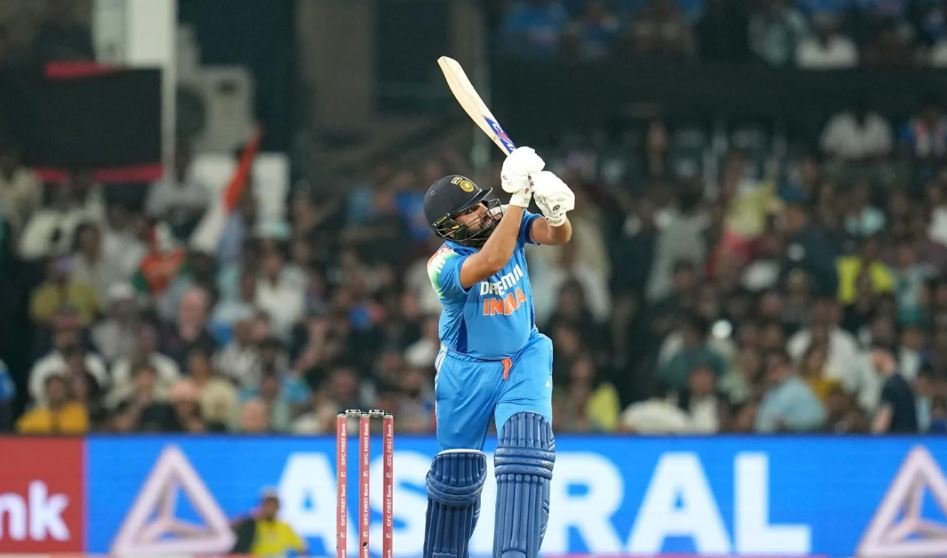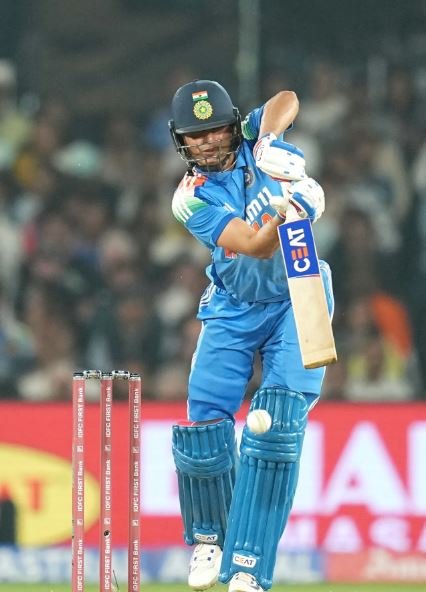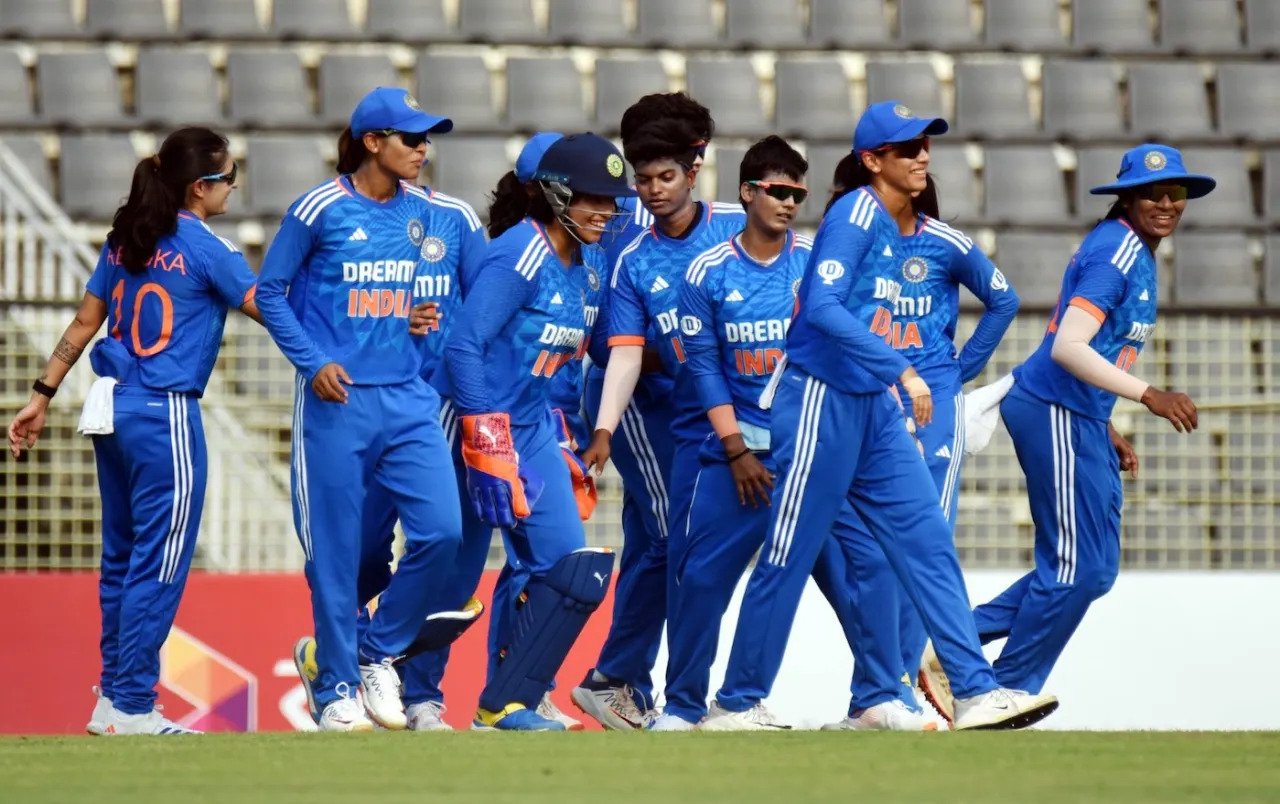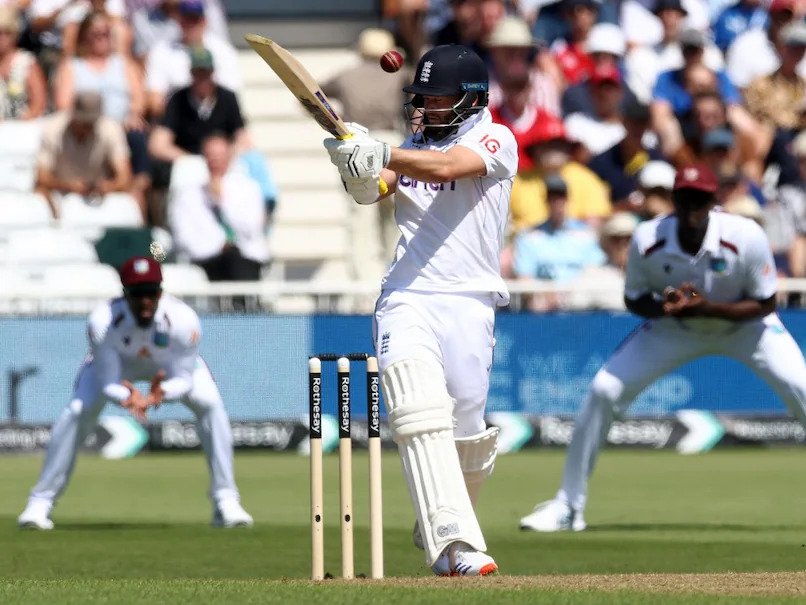IND vs ENG 2nd ODI: India Cinches Series Victory
India won the second match by four wickets with 33 balls remaining, capping out the ODI series against England with an incredible chase of 305. With an incredible 119 from 90 balls, Rohit Sharma produced a captain’s performance, solidifying his form and leadership shortly before the Champions Trophy.
Match Summary:
Match: 2nd ODI (D/N), England tour of India 2025
Venue: Barabati Stadium, Cuttack
Date: February 09, 2025
Result: India won by 4 wickets (with 33 balls remaining)
England: 304 all out (Joe Root 69, Ben Duckett 65, Ravindra Jadeja 3/35)
India: 308/6 in 44.3 overs (Rohit Sharma 119, Shubman Gill 60, Axar Patel 41*)
Player of the Match: Rohit Sharma (119 off 90 balls)

In the second ODI against England at Cuttack, Rohit Sharma dominated to his 32nd ODI century, putting his team in an unassailable 2-0 series lead and demonstrating his readiness to guide India into next week’s Champions Trophy.
After a disjointed England performance that included seven double-figure scores but nothing more impressive than Joe Root’s 69 from 72 balls, India was set a tough but manageable 305 to win. Rohit showed the combination of strength and stamina that the black-soil conditions demanded by breaking the back of the chase with 119 from 90 balls, which included 12 fours and seven sixes.
With the final of those sixes, a magnificent lofted drive over wide long-off from Adil Rashid, he reached his milestone from 76 balls. With 85 runs remaining, he could have lost by a crushing margin if he hadn’t smashed a full-toss from Liam Livingstone to midwicket. Axar Patel’s composed 41 not out from 43 balls was necessary to save disgrace after Shreyas Iyer was unnecessarily run out for 44, causing India to lose three wickets in five overs and inject some late anxieties into their chase.
In actuality, though, England had been chasing shadows for a long time until their main ball-tormenting player, Ravindra Jadeja, hit the game-winning boundary with 33 balls remaining. At one point, when a floodlight malfunction in the seventh over resulted in a tiresome forty-minute wait, the shadows had actually been real.
Rohit has played too few ODIs recently to be regarded as out of form in the format, even with his well-documented problems in Australia this winter and his unconvincing two from seven balls in Nagpur on Thursday. Since the World Cup final in November 2023, when his 597-run haul at 54.27 was crucial to his team’s journey to the championship game, this was only his fifth 50-over innings. In August, he added two more fifties in three innings while playing in Sri Lanka. With his 38th birthday approaching in April and 11,000 career ODI runs waiting for him in Ahmedabad on Wednesday, he still appears to have a few more to go.
Although they weren’t his final seven balls, Rohit’s first seven balls were the least convincing of his innings, much like in Nagpur. It seemed as though a switch had been flipped in his game-brain when he rediscovered his range one ball later after his first boundary, a streaking four off Gus Atkinson into deep third. His timing was suddenly in line with the surface when he hit a brilliant pick-up off the pads that went over deep midwicket for six, possibly the greatest shot he had played all winter. After challenging him in a close opening over, Saqib Mahmood was hit for two more sixes in overs three and five, over long-off and extra cover, and the chase resumed.
The fury could have been much greater when Mark Wood joined the assault after the restart and hit Rohit on the knee-roll with his third ball. Rohit had already relaxed along to 29 off 18 when the floodlight failure set in. In response, Rohit slammed his front foot to the pitch of his next ball and lifted Wood clean over long-off for his fourth six in eight overs, which was more than England managed in their whole innings. However, ball-tracking determined that England’s review had merely been clipping leg.
Rashid, who frequently served as England’s trump card, was powerless to stop the momentum. Prior to Shubman Gill, who had been the quiet partner, demonstrating that he wasn’t going to waste his strong start with a fantastic slog-sweep for his lone six, Rohit smashed him for two more fours in his first over, advancing him to a 30-ball fifty.
In the 14th over, Gill pulled off another four to raise the partnership to 100. An over later, he reached his own fifty, off 45 balls, and for the 21st time in 49 ODI innings, at an average that just barely over 60. Still reeling from his severe treatment in the first Twenty20 International, Atkinson returned to the attack and was hauled for two more drawn boundaries by Rohit, one a filthy half-tracker that was dropped behind square for his fifth six, exposing England’s lack of variation.

When the breakthrough did come, it was a bit unexpected. Gill had smashed Jamie Overton for two fours in four balls when he responded with a brilliant yorker that hit the off stump at 141 kph. However, the brief quiet in Cuttack was nearly instantly broken by a shout of cheers when Virat Kohli, who had returned to the squad following his knee injury in Nagpur, left the field with the score at 136 for 1.
Not that it would be a long stay. The audience erupted in cheers after Atkinson hit a clever four, but there were only eight deliveries left for Kohli when Rashid twisted a legbreak past another powerful drive. Phil Salt’s brilliant take was rewarded when England’s review revealed a feathered edge. Although he would claim, like his captain, that he was Player of the Tournament for his 765 runs at the 2023 World Cup not that many ODIs ago, Kohli’s failure was as severe as Rohit’s after being called up to the XI in favor of India’s rising star, Yashasvi Jaiswal.
Their issues are far more serious when it comes to England. This performance, like their World Cup low-wattage batting exhibitions, promised a lot but failed to deliver. They won the toss and got off to a great start thanks to Ben Duckett and Phil Salt, who had scored fifty plus in three straight matches on this tour with their opening stand of 81 runs off of 65 balls. England had planned on scoring 330 runs or more, even though Root and Jos Buttler were cruising along at a fourth-wicket stand of 51.
Instead, England’s last seven wickets fell for 85 runs, including three run-outs, as they were bowled out for 304 runs with one ball remaining unused. This collapse was triggered by the dismissal of both set batters in the span of four overs. Unsurprisingly, India’s spinners were the driving forces, with Jadeja standing out as the most cunning bowler with an impressive 3 for 35.
First and foremost among them was Overton, in whom England seemed to have faith to replace Andre Russell as their death-overs specialist. His innings of 6 off of 10 balls provided more proof that, in spin-friendly conditions, his long-levered approach is bound to fail. His participation at No. 7 was confirmed following Jacob Bethell’s concerning hamstring issue.
At least Livingstone got the message with a strong 41 runs off 32 balls, including two huge sixes off Harshit Rana; Rashid reached 14 runs off 5 balls off Mohammed Shami until he ran himself out just as he was getting his eye in, and Livingstone also reached 41 runs off 32 balls.
Unfortunately for England, India had multiple opportunities to end the innings with less runs. Two easy opportunities were squandered deep in the innings, one a nonchalantly terrible mistake by Axar at deep third after Salt had scored only six runs off twelve balls. Meanwhile, Root was shown to be leg before wicket by Axar for sixteen runs, and Rohit scowled at the big screen as India decided not to review.
Umpire Chris Brown could have dismissed Harry Brook for a five-ball duck had he granted Varun Chakravarthy’s lbw plea, which ball-tracking indicated would have clipped leg. Chakravarthy’s technique against spin has been heavily criticized on this tour. However, Brook managed to score 31 runs. Varun made his One-Day International debut at the age of 33 after taking 14 wickets at a 9.85 run rate in Twenty20 Internationals. After Salt’s stay was up, a traditional middle-overs squeeze began, which India would not give up, and he just needed 11 deliveries to make his imprint.





